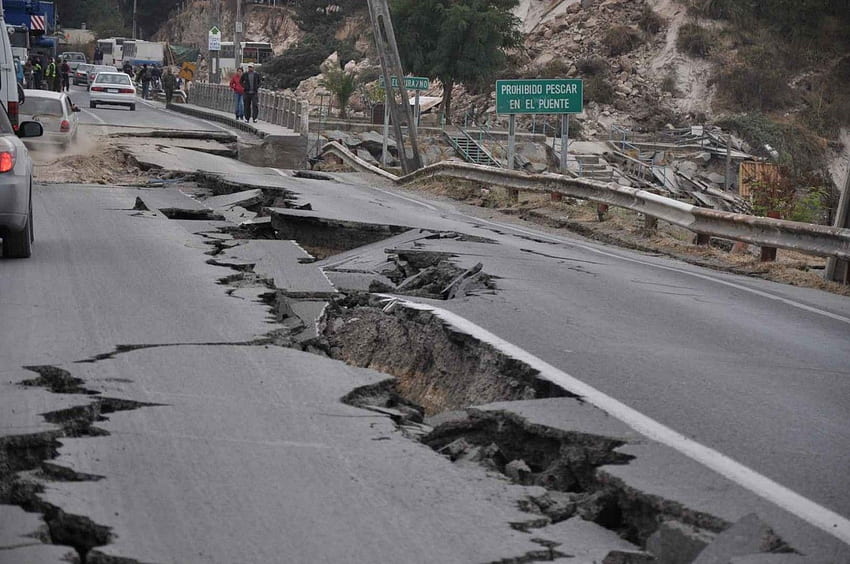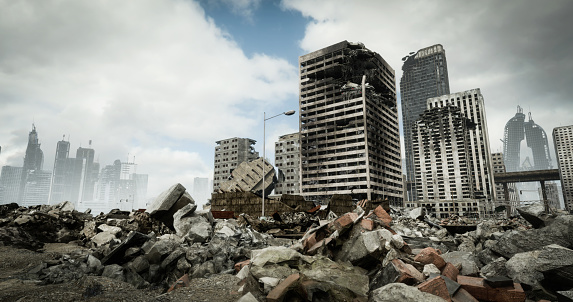
- DEFINITION:”Earthquake is a phenomenon that is caused due to the sudden release of energy in the earth’s lithosphere that creates seismic waves”.
- Earthquakes can range from barely noticeable to tragic in strength.
- Earthquakes are caused by the movement of tectonic plates.
- When these plates move they cause the ground to shake and create seismic waves.
- Earthquakes can also be caused by volcanic activity,landslides or man-made events such as explosions.
- The effects of an earthquake depend on its magnitude, the type of seismic waves it creates and the distance from the epicenter.
- Earthquakes can cause buildings to collapse,create tsunamis and trigger landslides.
- Earthquakes can also cause fires, power outages and even death.
- The most common way to measure an earthquake is by its magnitude.
- Earthquake is measured on the Richter scale, which is a logarithmic scale that measures the magnitude of an earthquake based on the amplitude of the seismic waves it creates.
- Earthquakes can range from 1 (barely noticeable) to 9 (tragic) on the Richter scale.
- Earthquakes can also be classified as shallow, intermediate or deep.
- Shallow earthquakes occur near the surface of the earth, while deep earthquakes occur deep within the earth’s crust.
- The type of seismic waves that are created by an earthquake also affects the way it is felt by humans.
- In order to prepare for and analyse the effects of an Earthquake, Governments and Organizations around the world have developed various strategies.
- The strategies to calculate the effect of Earthquake include building codes, public awareness campaigns, and emergency preparedness plans.
- These strategies are also important for individuals to be aware of the risks associated with Earthquakes and to take appropriate precautions.

erth, qack,quaack
